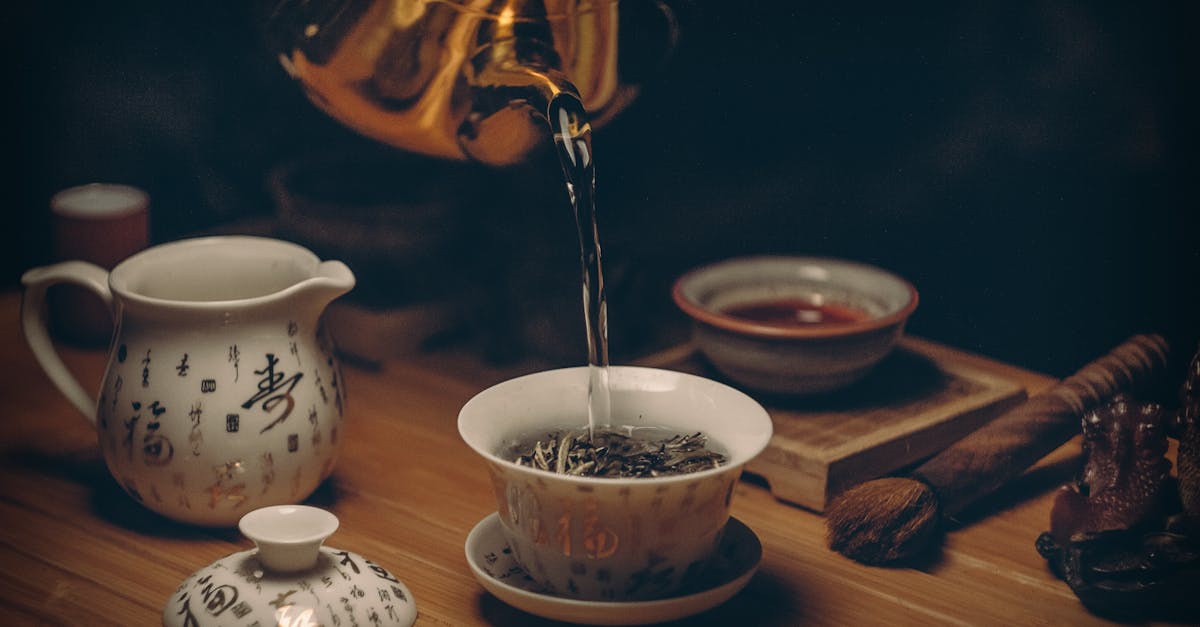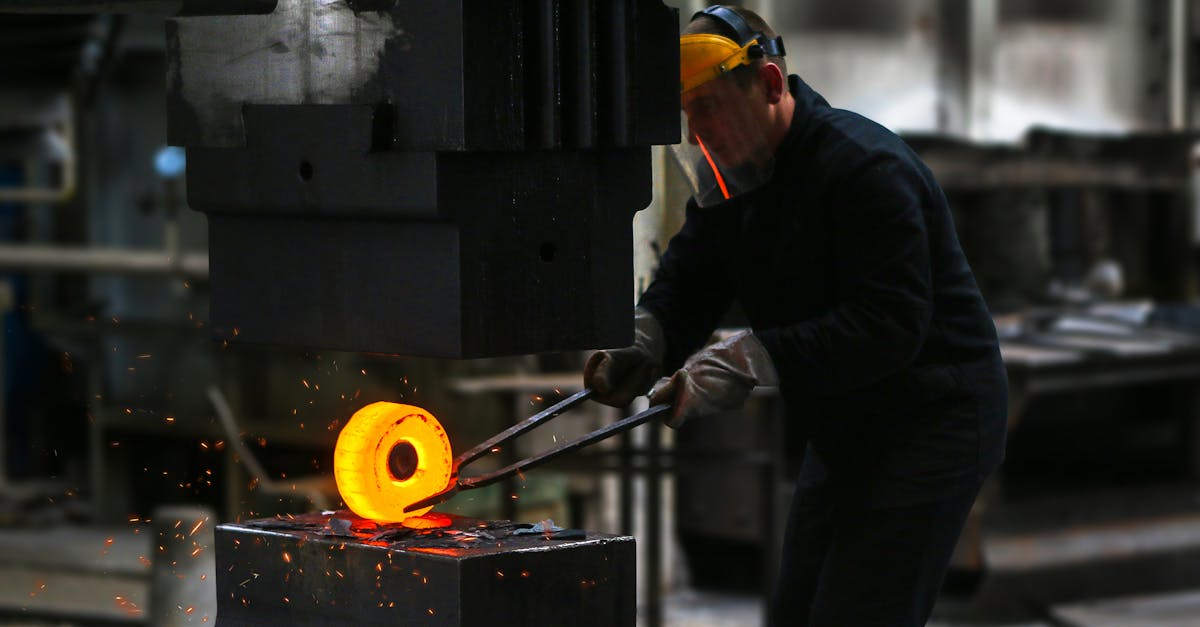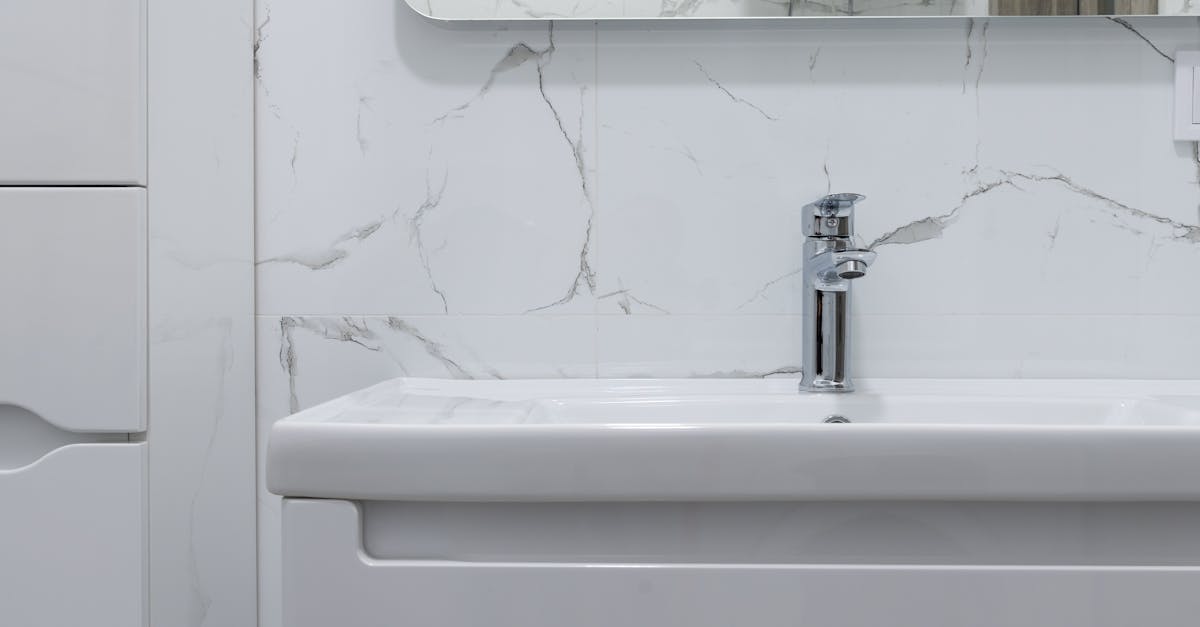
Table Of Contents
Signs That Drain Cleaner Has Been Left Too Long
An unmistakable indication that drain cleaner has been left too long is a distinct chemical odour lingering within the area. This pungent smell can permeate the surrounding environment, creating an uncomfortable atmosphere. Additionally, the cleaner may solidify or become gummy within the pipes, making it difficult for water to flow freely. Such changes can compromise the effectiveness of drain cleaning, leading to further complications.
Another sign is the presence of unusual residue or build-up in the drain itself. If the drain appears discoloured or stained, it may indicate that the chemicals are causing damage to the plumbing system. Over time, such degradation can lead to leaks or even complete blockages. Regular monitoring after a drain cleaning task can help identify these signs early and prevent more serious issues later on.
Observing Drain Performance
Observing the performance of your drain is crucial after using any kind of drain cleaning product. If the flow of water begins to slow down or if it becomes completely blocked, these may be signs that residue from the cleaner is still present. In some cases, the cleaner may react negatively with other substances in the drain, causing further complications. Regular monitoring will help you identify these issues before they escalate into serious plumbing problems.
Additionally, if you notice unusual odours or visible discolouration in the water, this could indicate that the drain cleaning chemicals have not been fully flushed out. A well-functioning drainage system should operate smoothly without strange smells or slow drainage. Failing to address these signs quickly can lead to more significant blockages and the need for more aggressive or professional drain cleaning solutions.
Alternatives to Chemical Drain Cleaners
There are several alternatives to chemical drain cleaners that can effectively tackle blocked drains while being kinder to the environment. Baking soda and vinegar create a natural reaction that can help break down minor clogs. Pouring a cup of baking soda followed by a cup of vinegar down the drain can help remove build-up. After about 30 minutes, flushing it with hot water can further assist in clearing debris from the pipes.
Another effective option for drain cleaning involves using a plunger or a plumber's snake. These tools can physically dislodge clogs without introducing harsh chemicals into your plumbing system. Regular maintenance using these methods can help prevent future blockages, ensuring that your drainage system remains clear without the risks associated with chemical treatments.
Effective Natural Solutions
For those seeking alternatives to chemical solutions, effective natural options exist for drain cleaning. Baking soda and vinegar create a powerful reaction when combined. This method not only helps break down debris but also acts as a natural deodoriser. Pour half a cup of baking soda down the drain, followed by half a cup of vinegar. Allow this mixture to sit for at least half an hour before flushing it with hot water.
Another excellent natural solution involves using salt and baking soda together. This combination works well to dissolve grease and grime, making it a suitable choice for regular maintenance. Mix equal parts of salt and baking soda, then pour the blend down the drain. Follow this with boiling water for best results. Regular application can help keep drains clear and minimise the need for harsh chemicals.
Safety Precautions When Using Drain Cleaners
Drain cleaning can pose significant health risks if proper safety precautions are not observed. Always wear protective gear, such as gloves and goggles, to shield your skin and eyes from harsh chemicals. It is crucial to ensure that you work in a well-ventilated area. Chemical fumes can be harmful and irritating when inhaled. Opening windows and using fans can help promote airflow and reduce the concentration of any noxious vapours.
Additionally, read and follow the manufacturer's instructions carefully before using any drain cleaner. Some products may require specific safety measures that are essential for safe usage. Avoid mixing different types of cleaners, as this can lead to dangerous chemical reactions. Keeping children and pets away from the work area during drain cleaning ensures their safety while you manage potential hazards associated with these powerful substances.
Protective Gear and Ventilation
When engaging in drain cleaning, it’s vital to prioritise safety through the use of protective gear. Gloves made from chemical-resistant materials can prevent skin contact with harsh substances. Additionally, safety goggles shield the eyes from splashes, while a face mask can be effective in avoiding inhalation of potentially harmful fumes. Wearing old clothing is advisable, as chemical spills can ruin fabrics.
Ventilation plays a crucial role during the drain cleaning process. Ensuring the area is well-ventilated allows any toxic vapours to disperse swiftly, reducing the risk of inhalation-related issues. Opening windows and using fans can promote airflow, making the environment safer while handling harsh chemicals. This approach not only helps in maintaining a healthier space but also enhances the effectiveness of the cleaning process.
FAQS
What are the signs that drain cleaner has been left in the drain too long?
Signs that drain cleaner has been left in the drain too long include a strong chemical odour, visible corrosion of pipes, and poor drainage performance, such as slow or clogged drains.
How does leaving drain cleaner in the drain affect my plumbing?
Leaving drain cleaner in the drain for an extended period can lead to pipe damage, including corrosion and degradation of pipe materials, which may result in leaks or more severe plumbing issues.
Are there natural alternatives to chemical drain cleaners?
Yes, effective natural alternatives include using baking soda and vinegar, or a mixture of salt and hot water, which can help clear minor clogs without the harsh effects of chemicals.
What safety precautions should I take when using drain cleaners?
When using drain cleaners, it's important to wear protective gear such as gloves and goggles, ensure proper ventilation in the area, and follow the manufacturer's instructions carefully to prevent accidents.
What should I do if I accidentally leave drain cleaner in the drain too long?
If you accidentally leave drain cleaner in the drain too long, it is advisable to flush the drain thoroughly with plenty of cold water and, if necessary, consult a professional plumber for further assistance.





























